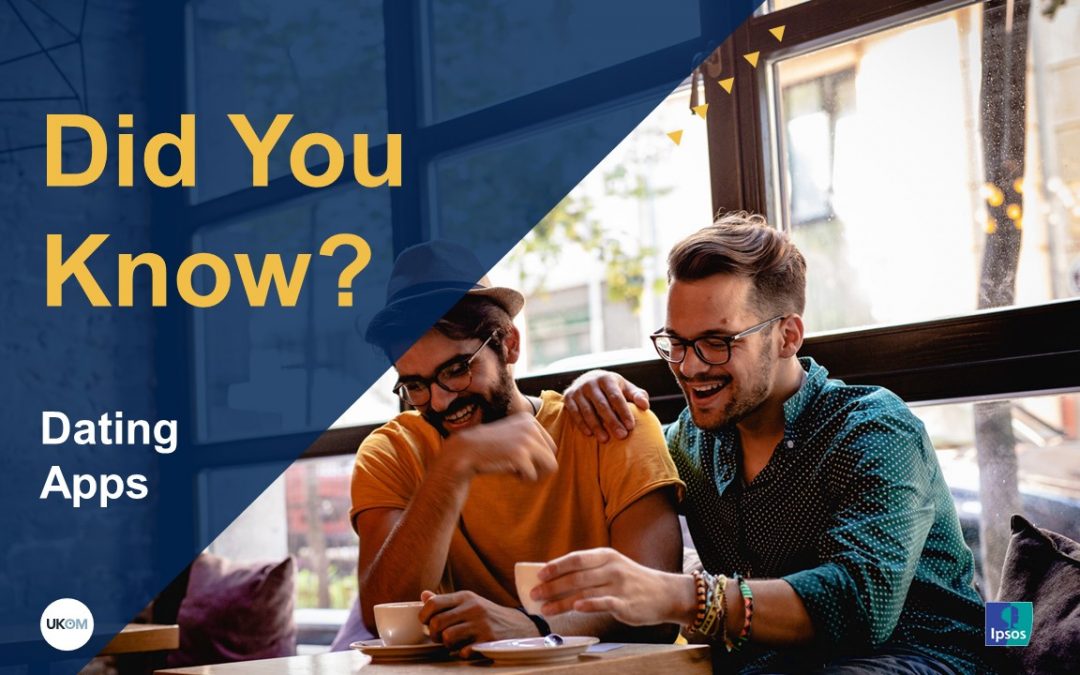Ipsos iris can also look at specific apps, or groups of apps, and break these down into distinct demographic groups.
For this “Did You Know”, we’ve chosen to focus on dating apps, and the reach that some of the leading apps have. This is especially interesting when coupled with our newly released sexual orientation profiling, which highlights how dating apps play an important part in the lives of many.
| Any Dating App | Tinder | Hinge | Bumble | Grindr | |
| Heterosexual / Straight | 6.40% | 4.32% | 2.88% | 2.69% | 0.51% |
| Gay / Lesbian | 32.79% | 13.14% | 7.34% | 1.67% | 25.12% |
| Bisexual | 18.36% | 15.00% | 11.00% | 3.76% | 4.83% |
| Identify in another way | 10.18% | 5.33% | 2.12% | 4.47% | 2.56% |
We can also comment on the average minutes per person spent on these apps:
| Any Dating App | Tinder | Hinge | Bumble | Grindr | |
| Heterosexual / Straight | 233:59 | 65:27 | 161:01 | 160:30 | 464:35 |
| Gay / Lesbian | 513:18 | 71:32 | 62:28 | 54:53 | 601:44 |
| Bisexual | 160:46 | 25:08 | 81:04 | 161:15 | 222:00 |
| Identify in another way | 78:23 | 15:47 | 50:47 | 59:45 | 109:52 |
Key Takeaways:
- Nearly a third of UK adults identifying as gay or lesbian used dating apps in June, with Grindr being the most popular by far.
- Tinder is the most popular app for heterosexual Brits, at over 4% reach across this population.
- It’s also very popular among those who identify in a way other than heterosexual, gay / lesbian, or bisexual, with 5.3% reach to this audience. However, this demographic spent the least time on dating apps overall.
- For the bisexual demographic, Hinge is a popular dating app. Looking at the data, this group spends on average 1 hour 20 minutes per month swiping on Hinge, however this is half the time spent by heterosexual daters.
- More time is spent per person on Grindr than other dating apps, with nearly 10 hours a month spent by the gay / lesbian segment.
- Despite having a lower reach with the LGB+ audience, Bumble users identifying as bisexual spent slightly higher than average on the app.
Understanding online behaviours is increasingly crucial in our digital age, and we’re eager to explore the rich insights they offer, particularly those identifying as lesbian, gay, bisexual or in another way other than heterosexual (a group that the ONS describes as LGB+).

